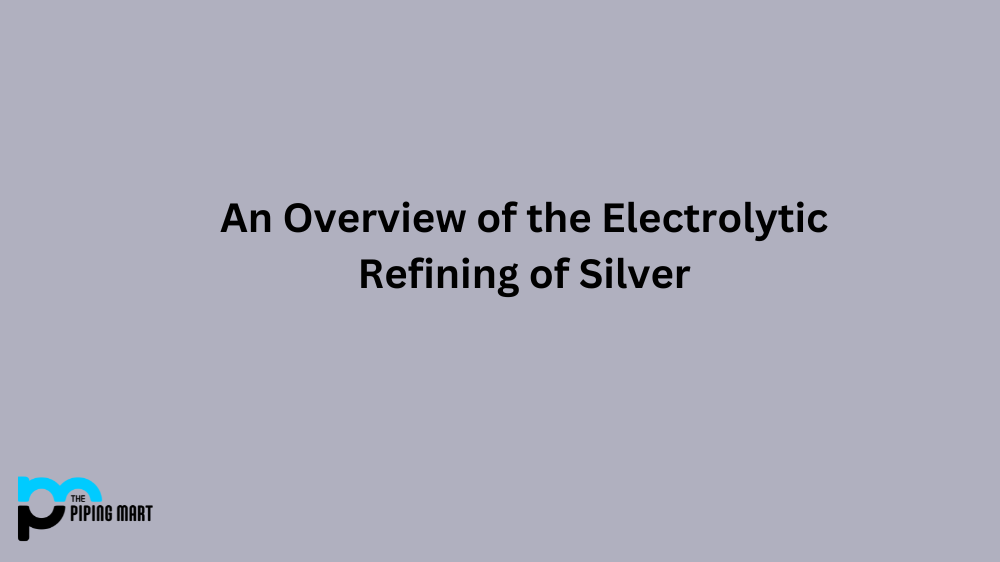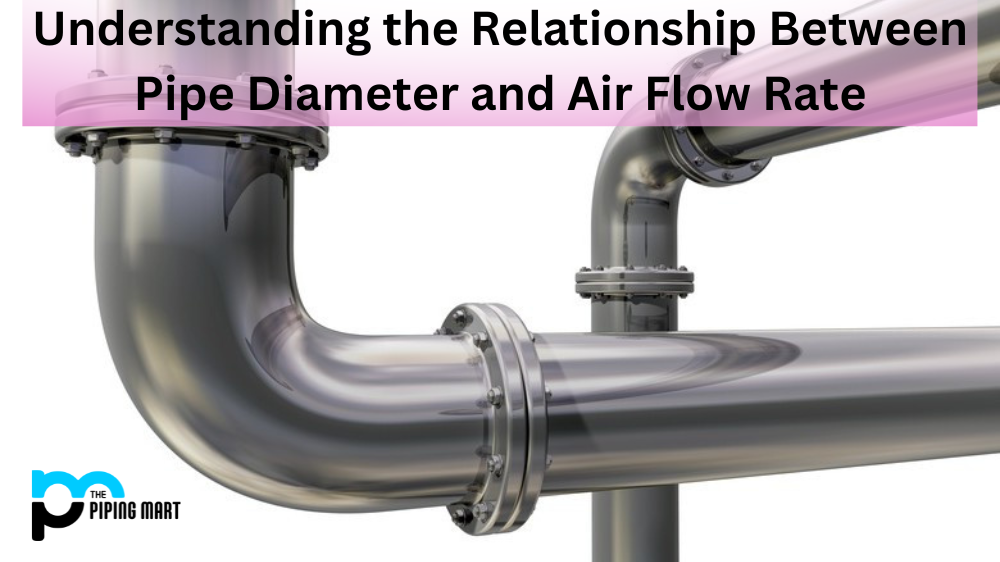Metal finishing involves treating metal surfaces with coatings or other technologies to enhance their properties. This process helps to prolong the lifespan of metal parts and improve their resistance to wear and tear, corrosion, and oxidation. Two widely used standards in the metal finishing industry are ASTM A380 and AMS 2700. These standards outline the requirements for cleaning and passivating metal parts. In this blog post, we will compare the ASTM A380 and AMS 2700 standards to help you determine which is best for your metal finishing needs.
What is ASTM A380?
The ASTM A380 standard outlines the requirements to ensure that metal parts are free from contaminants that may interfere with the coating or finishing process. This standard provides guidelines for cleaning, descaling, passivating, and testing the cleanliness of metal surfaces. The standard includes methods for removing rust, heat tint, and other oxide films that may be present on the metal surface. This standard helps to ensure that metal parts are free from any defects affecting their durability and performance. ASTM A380 is widely used for stainless steel and non-ferrous materials that require chemical passivation.
What is AMS 2700?
The AMS 2700 standard provides guidelines for preparing metal surfaces for coating or finishing. This standard lists specific requirements for the cleaning, etching, and testing metal surfaces. It outlines the methods used to check the cleanliness and quality of a metal surface. AMS 2700 ensures that metal parts are free from contaminants affecting the coating’s adhesion, appearance, and overall quality or finish. This standard is widely used in the aerospace and defence industries to treat aluminium and titanium alloys.
Differences Between ASTM A380 and AMS 2700
The main difference between ASTM A380 and AMS 2700 is their scope. ASTM A380 focuses on cleaning and passivating stainless steel and non-ferrous materials, while AMS 2700 treats aluminium and titanium alloys. Additionally, ASTM A380 provides more detailed guidelines for removing surface oxides and cleaning processes. On the other hand, AMS 2700 provides specific requirements for preparing metal surfaces before coating or finishing and suggests using mechanical, chemical, or electrochemical methods.
Choosing the Right Standard for Your Metal Finishing Needs
When choosing between these two standards, it is necessary to consider the metal type being treated, the level of cleanliness required, and the specific application. ASTM A380 is ideal for stainless steel and non-ferrous materials that require chemical passivation, while AMS 2700 is suitable for treating aluminium and titanium alloys. Consider opting for AMS 2700 if your application is in the aerospace and defence industries, where the metals used are typically aluminium and titanium alloys. Conversely, ASTM A380 is appropriate for applications in the transportation, medical, and food industries that utilise stainless steel and non-ferrous metals.
Conclusion
ASTM A380 and AMS 2700 are widely used standards in the metal finishing industry. They ensure that metal parts are free from contaminants affecting their durability, performance, or visual appearance. ASTM A380 focuses more on cleaning and passivating stainless steel and non-ferrous materials, while AMS 2700 emphasises the treatment of aluminium and titanium alloys. To choose the standard that is right for your metal finishing needs, consider the specific application and metal type being treated, as well as the level of cleanliness required.

Pipingmart is a B2B portal that specializes in metal, industrial and piping items. Additionally, we share the latest information and information about materials, products and various types of grades to assist businesses that are involved in this business.




